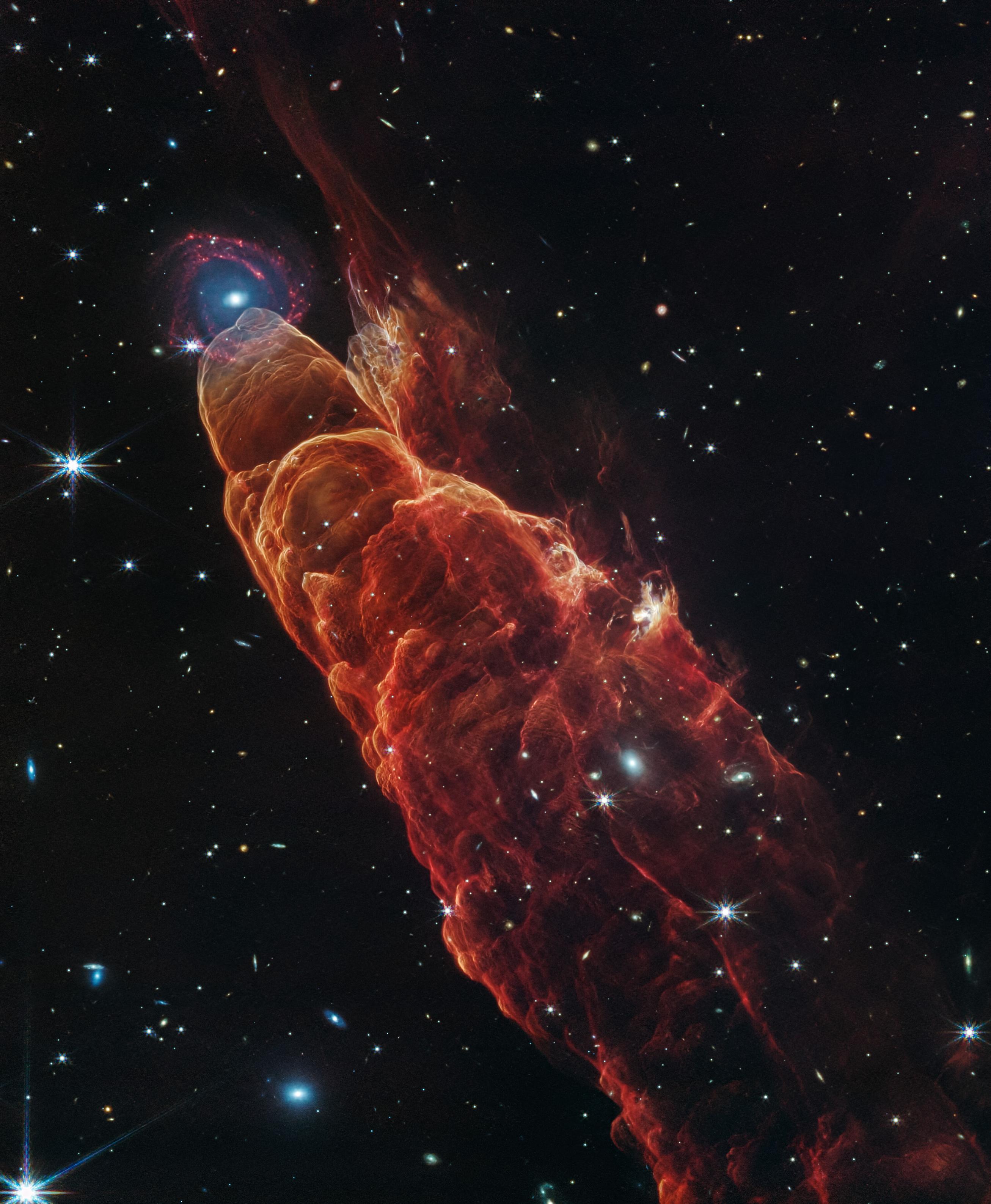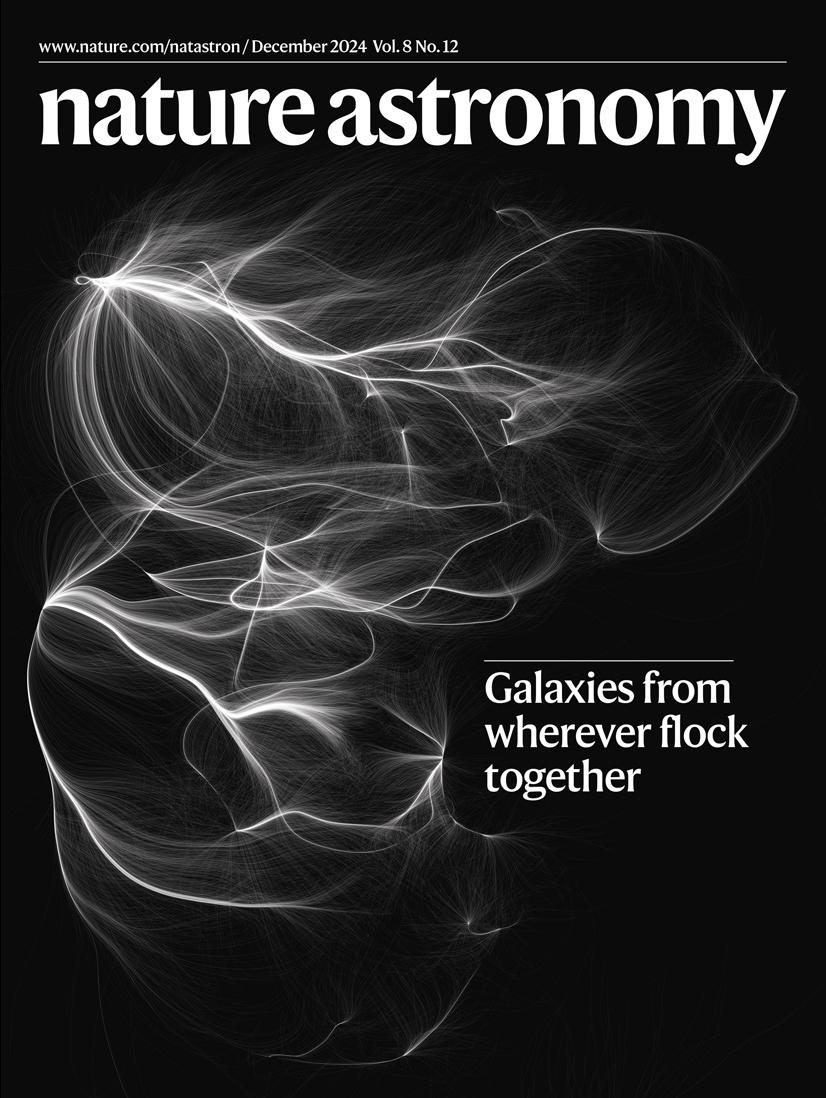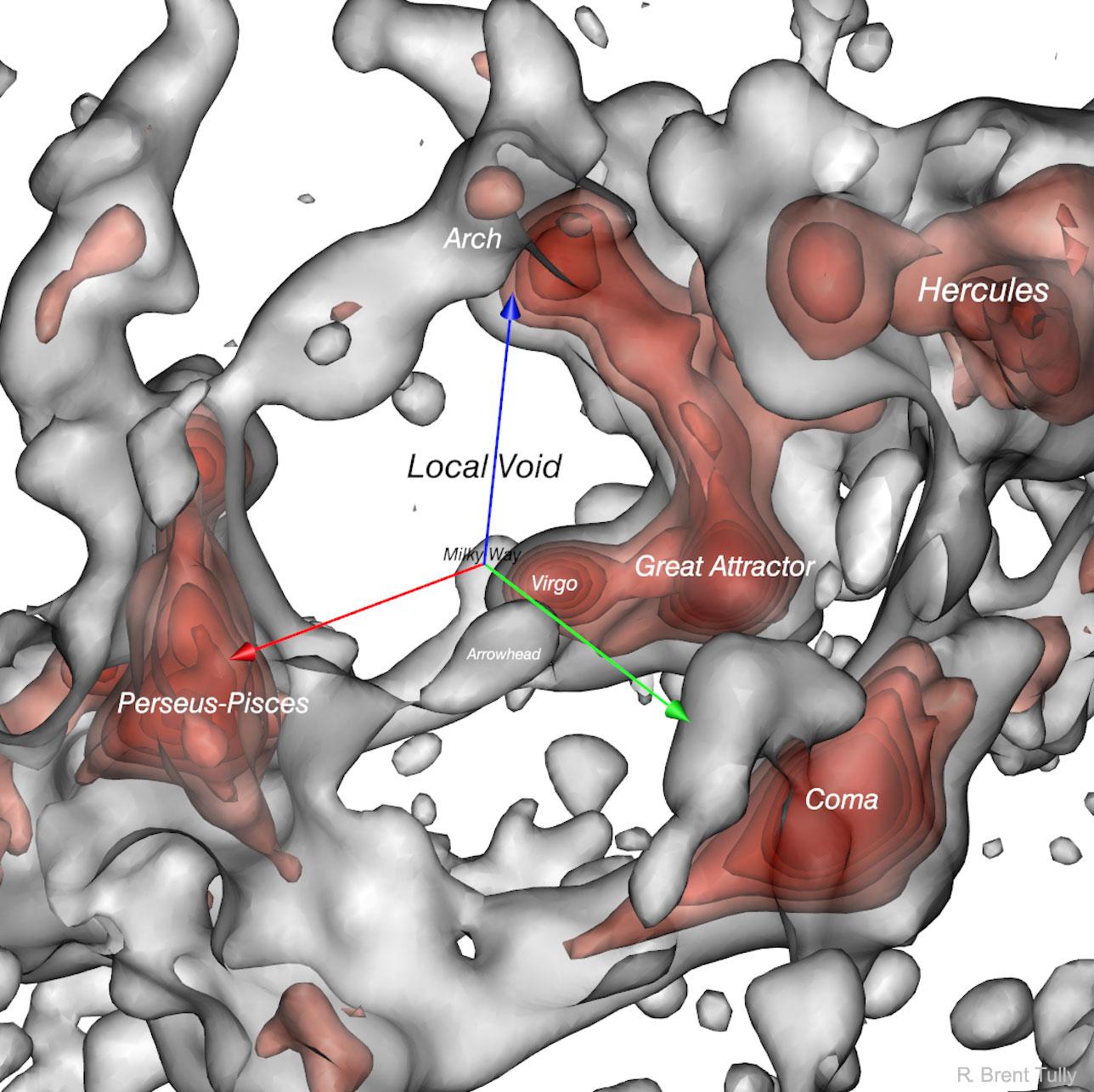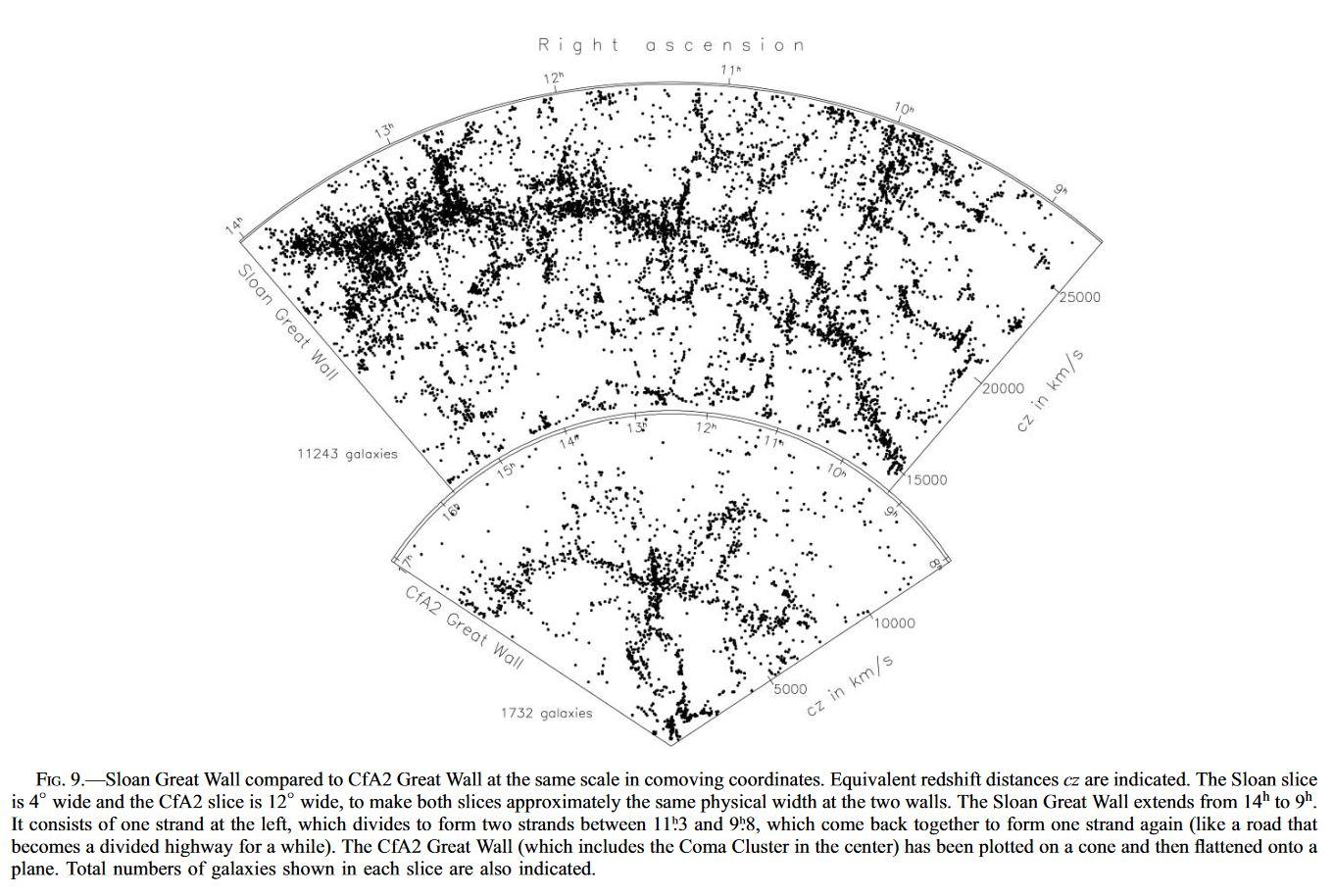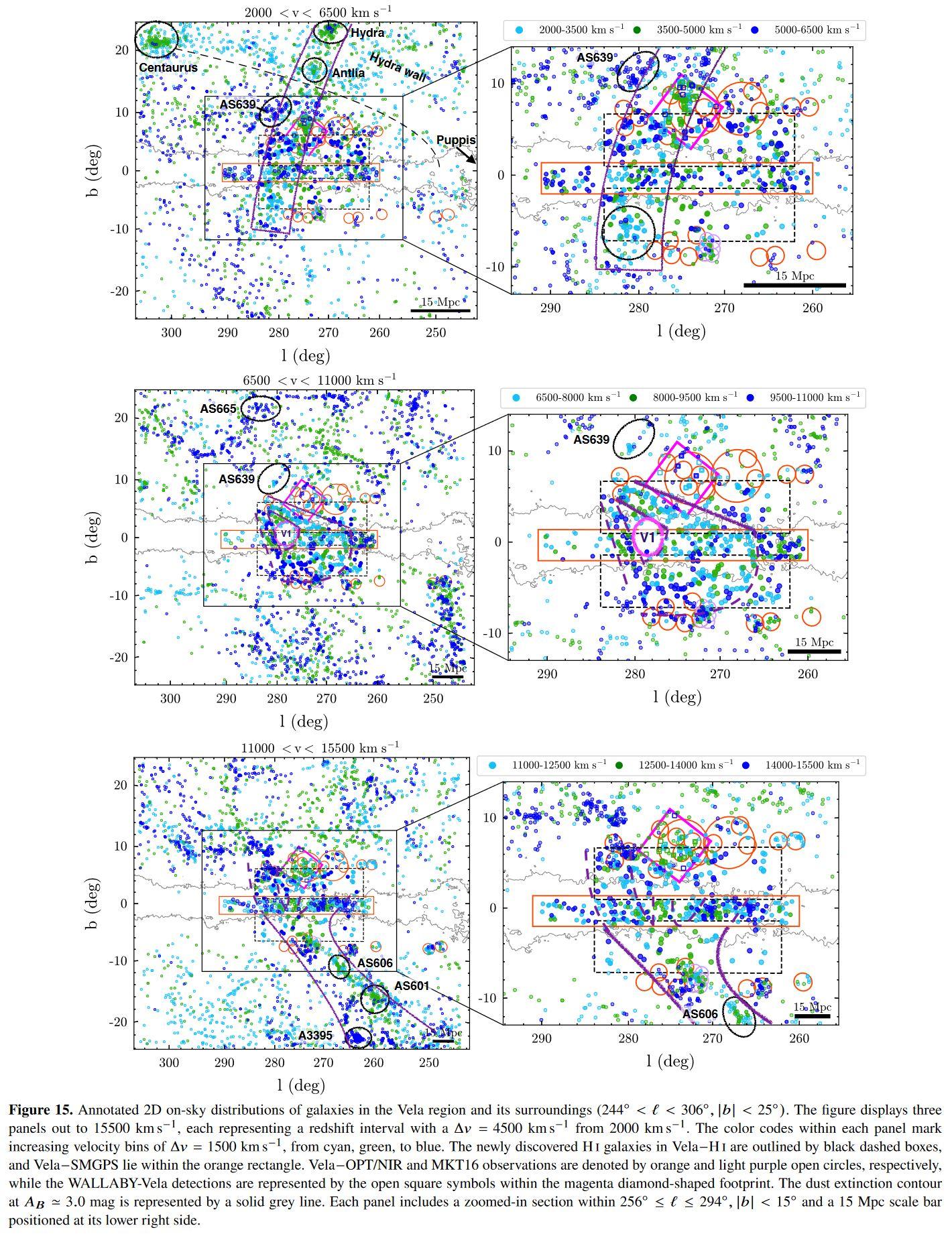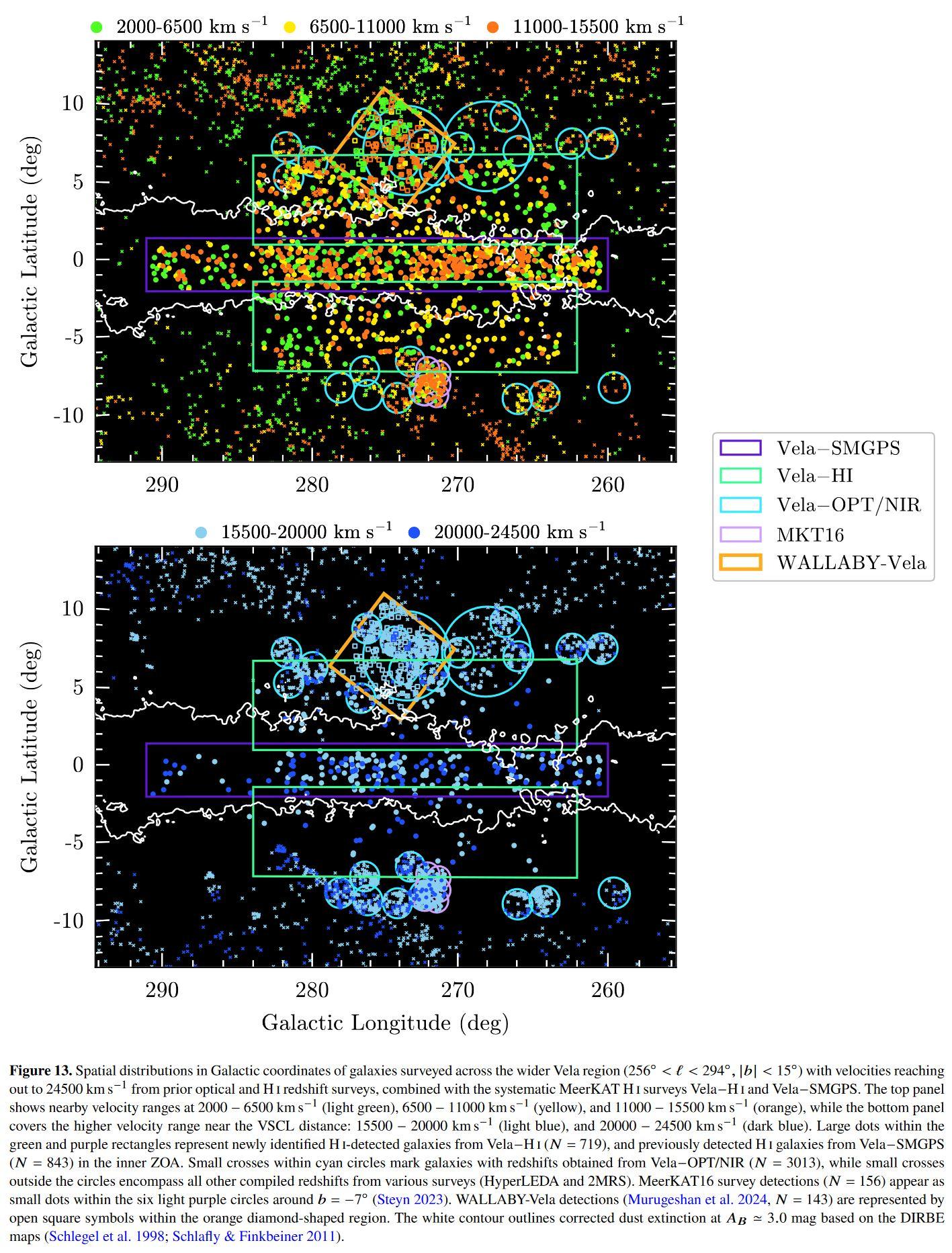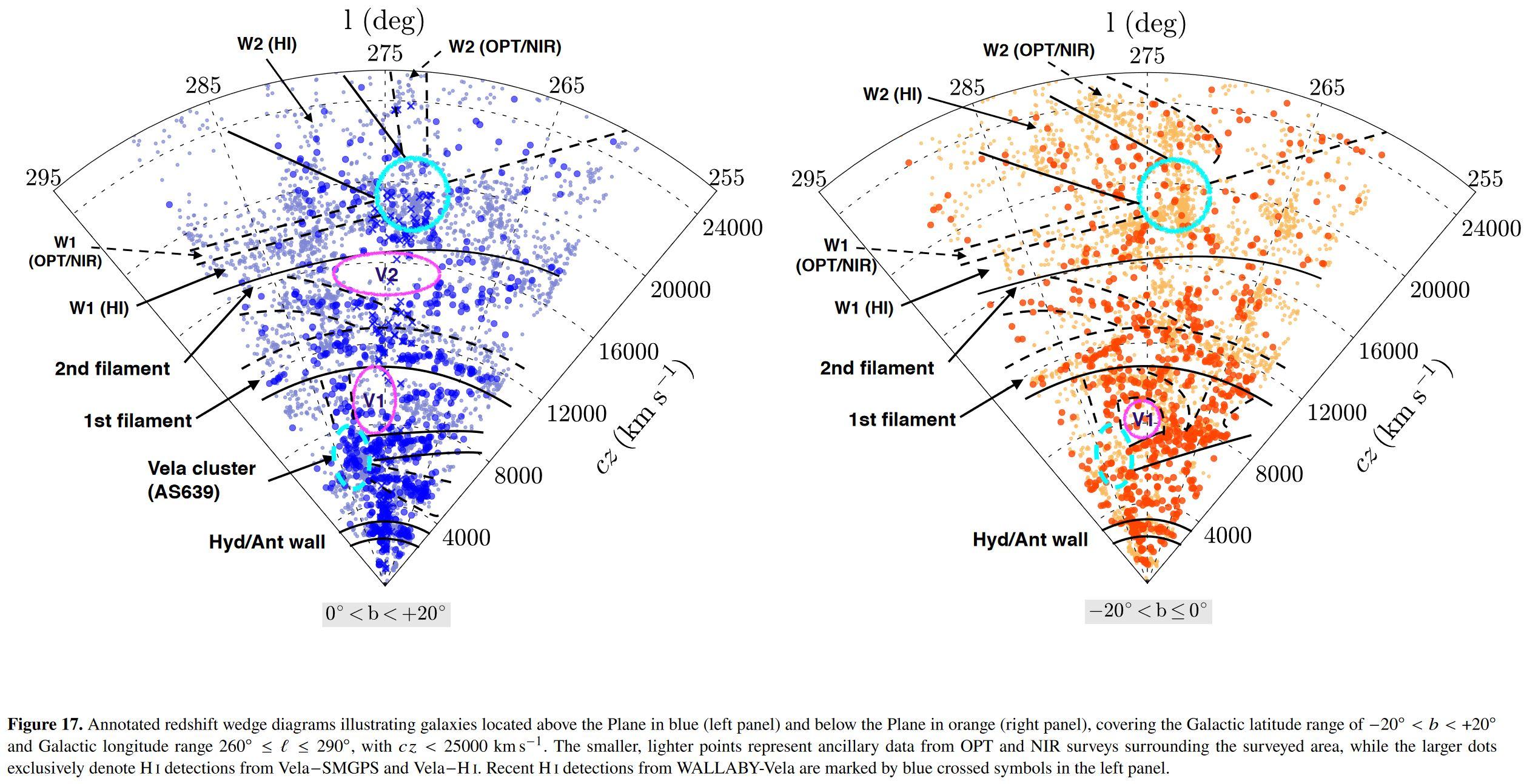Illustration Credit: NASA, Pablo Garcia
https://www.nasa.gov/
Explanation:
How do black holes create X-rays? Answering this long-standing question was significantly advanced recently with data taken by NASA’s IXPE satellite. X-rays cannot exit a black hole, but they can be created in the energetic environment nearby, in particular by a jet of particles moving outward. By observing X-ray light arriving from near the supermassive black hole at the center of galaxy BL Lac, called a blazar, it was discovered that these X-rays lacked significant polarization, which is expected when created more by energetic electrons than protons. In the featured artistic illustration, a powerful jet is depicted emanating from an orange-colored accretion disk circling the black hole. Understanding highly energetic processes across the universe helps humanity to understand similar processes that occur on or near our Earth.
https://www.nasa.gov/missions/ixpe/nasas-ixpe-reveals-x-ray-generating-particles-in-black-hole-jets/
https://apod.nasa.gov/apod/ap031128.html
https://apod.nasa.gov/apod/ap240507.html
https://apod.nasa.gov/apod/ap250504.html
https://en.wikipedia.org/wiki/Blazar
https://en.wikipedia.org/wiki/Polarization_(waves)
https://en.wikipedia.org/wiki/BL_Lacertae
https://home.cern/science/physics
https://ui.adsabs.harvard.edu/abs/2025arXiv250501832A/abstract
https://science.nasa.gov/ems/11_xrays/
https://pwg.gsfc.nasa.gov/Education/whelect.html
https://home.cern/news/news/physics/proton-century
https://chandra.si.edu/art/xray/
https://spaceplace.nasa.gov/aurora/en/
https://apod.nasa.gov/apod/ap250509.html
#space #blackhole #astroart #astronomy #physics #photography #science #nature#NASA
Content Warning
Illustrated Animation Credit: ESA, NASA, Hubble, M. Kornmesser
https://esahubble.org/projects/anniversary/production_team/
https://www.spacetelescope.org/
https://www.esa.int/
https://www.nasa.gov/
Explanation:
What would it look like to orbit a black hole? Many black holes are surrounded by swirling pools of gas known as accretion disks. These disks can be extremely hot, and much of the orbiting gas will eventually fall through the black hole's event horizon -- where it will never be seen again. The featured animation is an artist's rendering of the curious disk spiraling around the supermassive black hole at the center of spiral galaxy NGC 3147. Gas at the inner edge of this disk is so close to the black hole that it moves unusually fast -- at 10 percent of the speed of light. Gas this fast shows relativistic beaming, making the side of the disk heading toward us appear significantly brighter than the side moving away. The animation is based on images of NGC 3147 made recently with the Hubble Space Telescope.
!>> https://apod.nasa.gov/apod/ap190820.html


